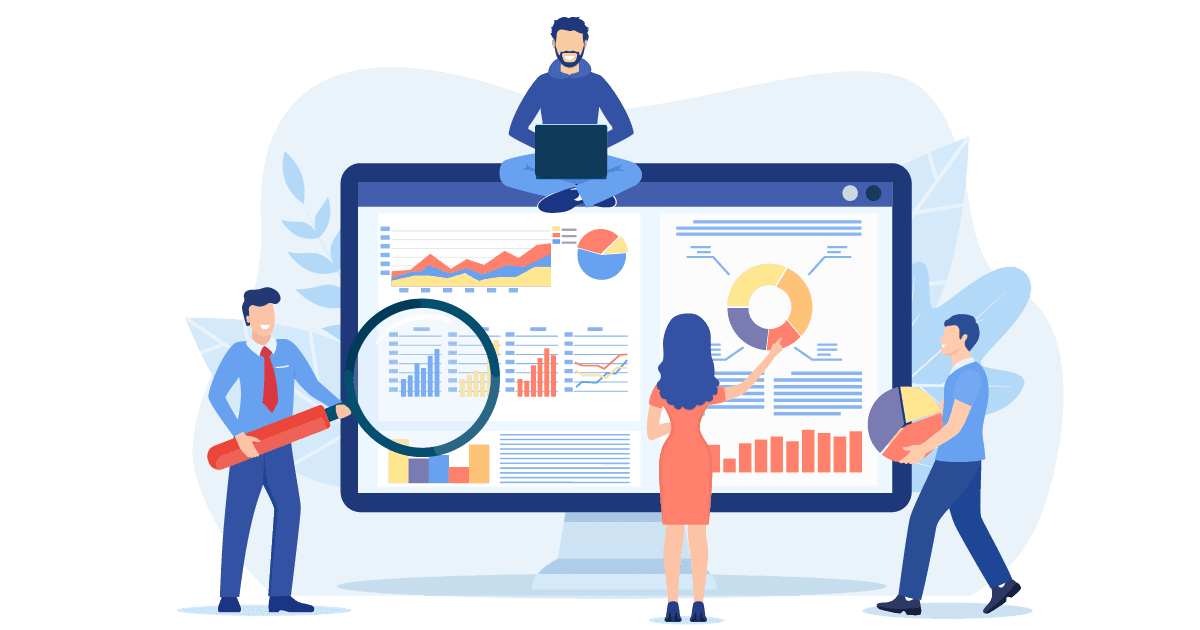Digital.gov Guide
Guide to the Digital Analytics Program

Glossary of terms
Browse common terms that you will need to understand when using DAP.
Reading time: 3 minutes
What are common DAP terms?
There are some common terms that you will need to understand when using the Digital Analytics Program (DAP).
Custom dimensions and parameters
Not every agency website or app is alike, so you can add custom dimensions in addition to the standard, default dimensions. DAP-specific custom parameters include:
- Agency
- Sub-agency
- Search term
- File download type, such as pdf and csv
- DAP code version
Hostnames and pages
A hostname is a unique name for a domain or website (such as gsa.gov, or analytics.usa.gov). Think of a hostname as a book.
A page is a portion of a hostname (such as: analytics.usa.gov/data, irs.gov/newsroom, or nasa.gov/learning-resources/colleges-and-universities). Think of it as a single page in the book.
Metrics and dimensions
A metric is a number. More specifically, a metric is a data measurement used to report on how a website performs. Common metrics in DAP include:
- Total pageviews
- Total sessions
- Bounce rate
- Total users
- Average session duration
A dimension is a data attribute or characteristic that provides additional information about your website or app user. Standard dimensions include:
- Device
- Platform
- Traffic source
- Country
- City
- Page path
Sessions and views
A session (or visit) is a period of time during which a user interacts with your website or app. Total sessions is a count of the total number of sessions (visits) to your website and/or mobile app. Sessions tell you how much time users spend on your site. A session begins when a user opens a website and/or app and ends when they close the website and/or app or are inactive for 30 minutes.
A view (or pageview) is the total number of web pages and/or app screens that users saw. A screenview is the app equivalent of a pageview. A user can view multiple pages or screens during a single session. Views show you the relative popularity of different pages.
Properties and subproperties
A property refers to the account used for Google Analytics, DAP uses Google Analytics 360 to collect and analyze web traffic data.
A subproperty is a way to group data and measurements by parent agency, allowing agencies to find data for their websites more quickly. Agency-specific subproperties are set up at the parent agency level (e.g., Department of Health and Human Services, Department of Defense, General Services Administration).
To use agency-specific data, choose the corresponding agency subproperty. Data for lower-level divisions within an agency (e.g., bureaus, departments, offices, sub-agencies, etc.) are reported inside the main agency subproperty.
To view governmentwide data for all websites using DAP, visit https://google.com/analytics and sign in with your official .gov or .mil email address. Then, choose the option, 0 - DAP Gov-wide View.
Note
You must use theAgency and Sub-agency parameters when implementing the DAP code script. Visit the Get started with DAP page in this guide for more information.

